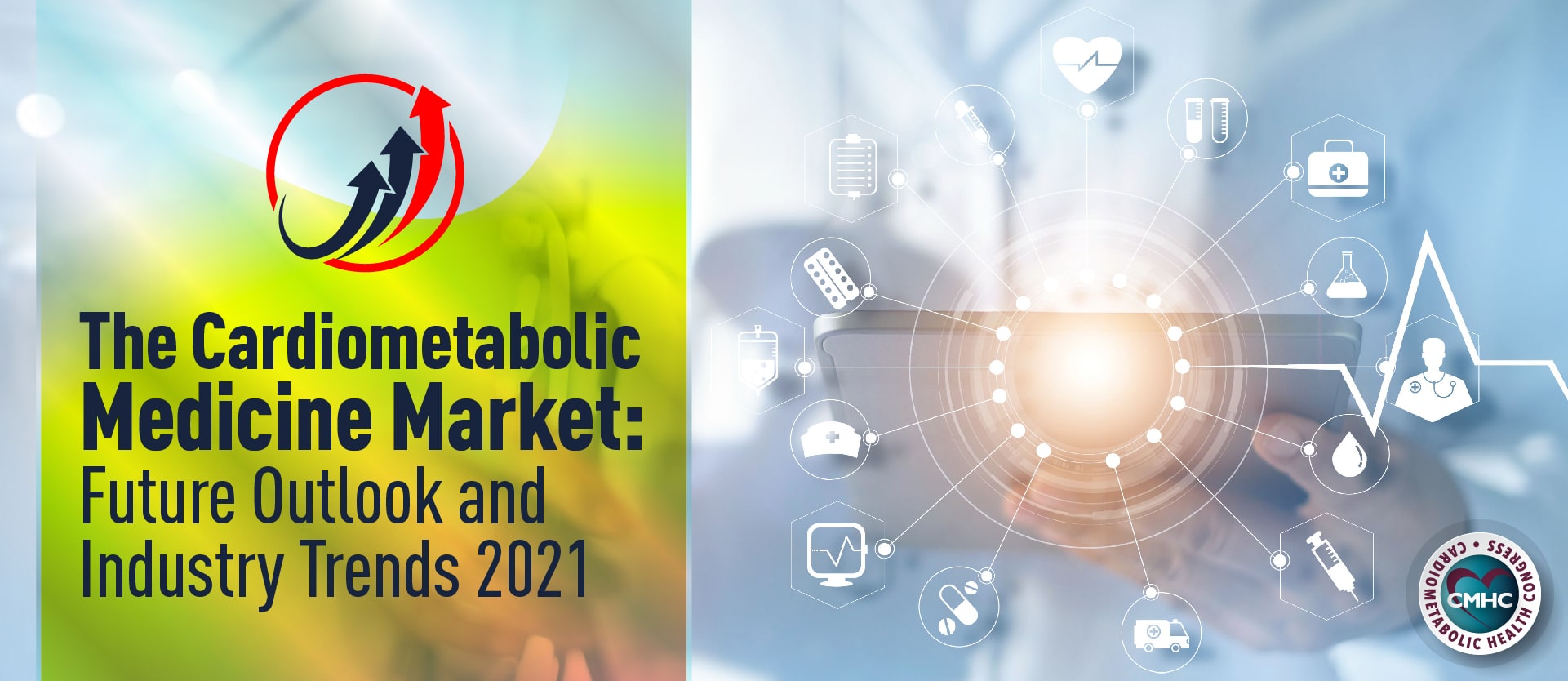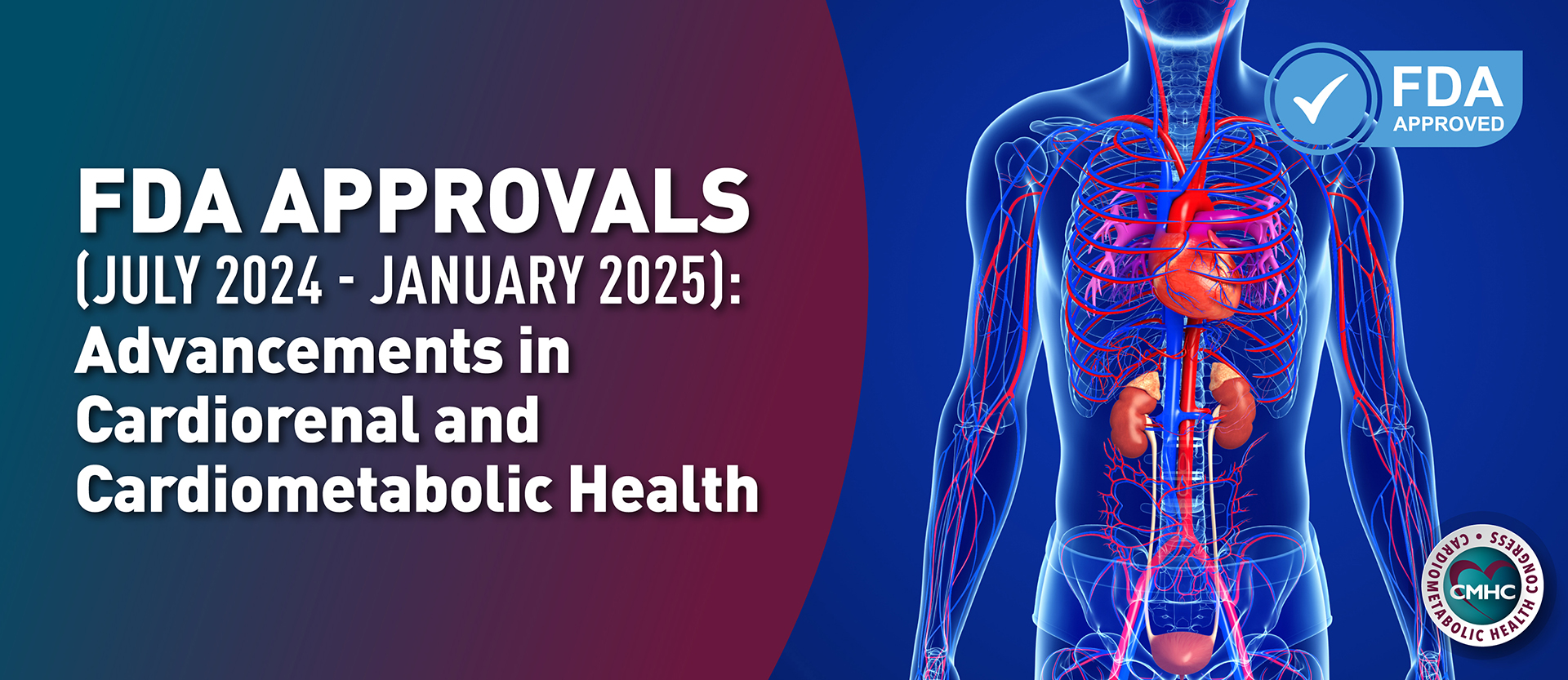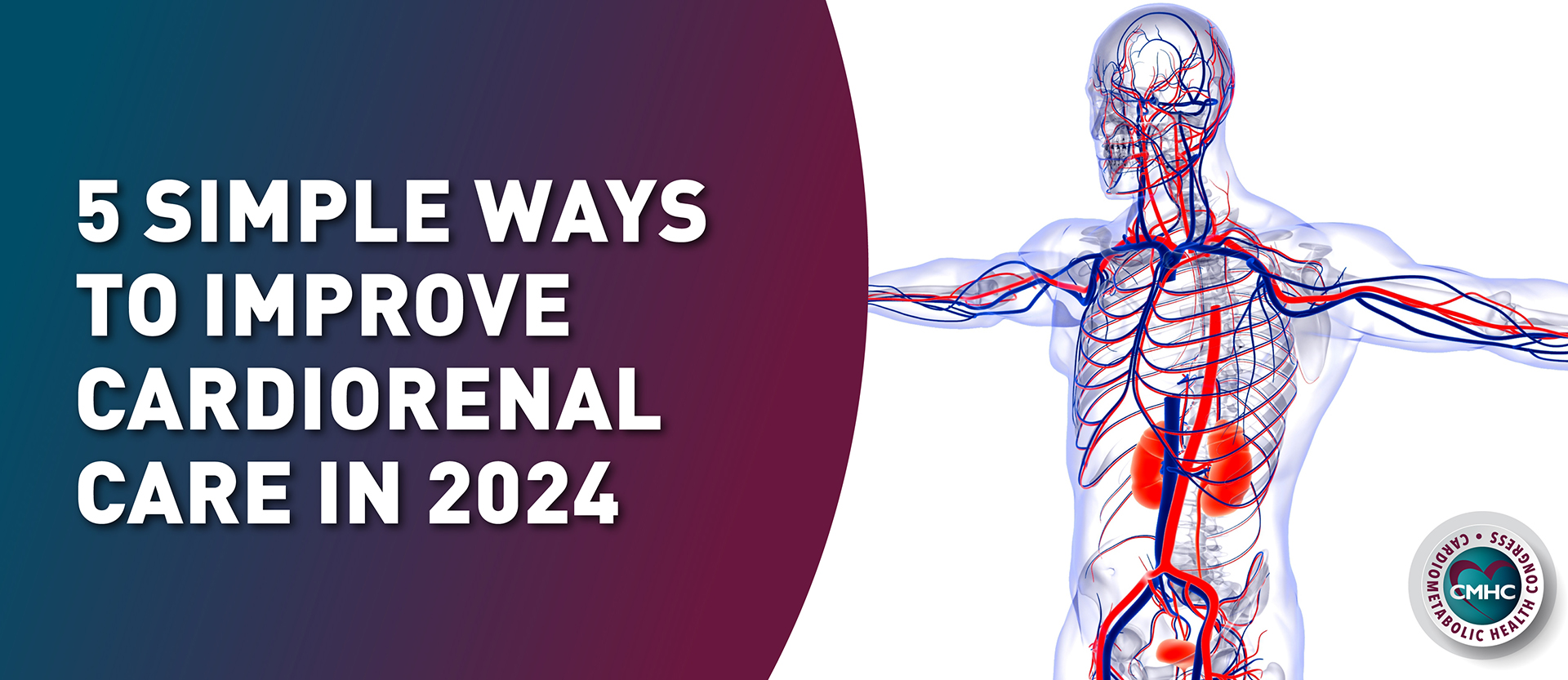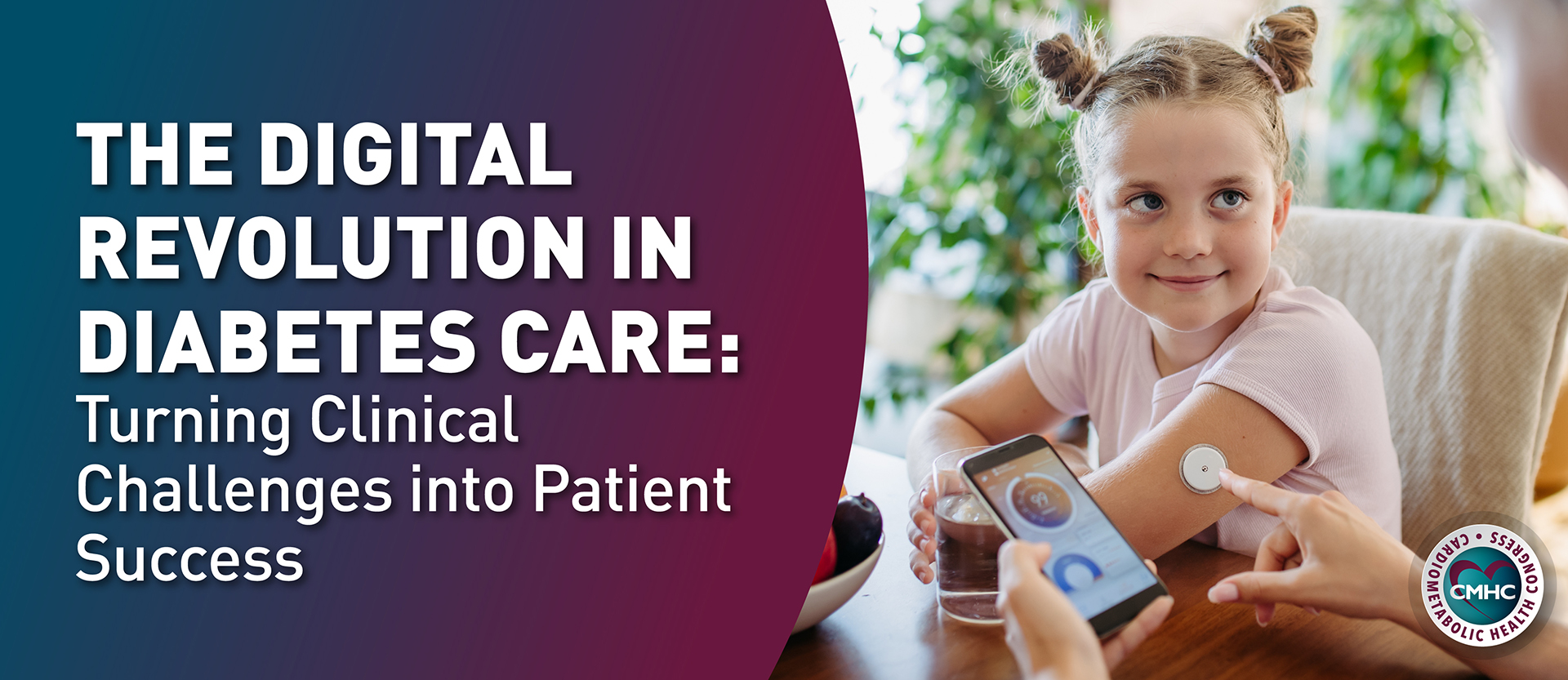Delaying elective surgeries and routine health services, the COVID-19 pandemic is likely to have significant effects on medicine across a broad range of specialties, however, cardiometabolic medicine may experience these implications more acutely. As many risk factors – including heightened stress levels, increased sedentary lifestyles, and decreased physical activity – are currently being perpetuated by virus-related restrictions, these regulations may alter consumer and patient behaviors for years to come.
Nonetheless, the overall global cardiometabolic medicine market is forecasted to recover quickly and continue exhibiting upward movement. Despite the potential negative short-term repercussions of pandemic-adjusted medical care, a consistent rise in the prevalence of cardiometabolic diseases among the population is expected to propel growth within the industry in the coming decade.
Cardiometabolic Medicine Market Overview
Cardiometabolic disease and its associated comorbidities are among the most prevalent diseases worldwide; according to the American Heart Association, cardiovascular disease (CVD) accounts for approximately 1 out of 3 deaths in the United States and experts predict the total number of annual deaths attributable to CVD will exceed 23.6 million by 2030. Furthermore, researchers estimate that over half a billion individuals across the globe will be affected by obesity and diabetes by the year 2040.
Due to increased awareness and a greater availability of treatment options, some of these diseases no longer lead to fatal outcomes. As such, effective treatments are expected to contribute to market growth while research efforts focus on the development of new therapeutic options and subsidized pricing makes these drugs more accessible to a wider range of patients.
The cardiovascular drug market is anticipated to exhibit a compound annual growth rate of 3.8% to reach a value of $63.96 billion by 2026. At the same time, the global metabolic disorder therapeutics market size is expected to register a CAGR of nearly 8% growing to a value of approximately $89 billion in 2025. Key factors driving growth in the metabolic disorder sector is the increasing demand for one-time therapies and rising prevalence of lifestyle diseases.
Market Sectors and Their Driving Factors
The Cardiovascular Drug Market
One important sector of the cardiometabolic medicine market is expected to grow at a compound annual growth rate of 3% to ultimately reach a value of $106.1 billion by 2023. Fueled by an increased demand for effective therapeutics, upward movement in the cardiovascular drug market can be primarily attributed to the increased awareness of serious implications of CVD on human health. Improved understanding of cardiometabolic health as well as continued research and development efforts will contribute to the introduction of new therapeutics and technologies in the coming years, furthering industry expansion.
Additionally, the innovation and development of new therapeutics that target diseases more efficiently will fuel the upward trend in the cardiovascular drug market. At the same time, decreases in rates of cardiac surgeries and consultations due to re-scheduling, cancellations, no-shows, and COVID-19 restrictions are expected to sustain and potentially elevate demand for cardiovascular pharmacologic treatments as interim solutions.
The Obesity and Metabolic Disorder Sector
Showing no signs of slowing own, the obesity epidemic will continue to drive rising industry value with the obesity treatment market forecasted to reach nearly $20 billion by 2026. While the United States maintains its position as the leader in obesity cases across industrial countries, cases of diabetes are steadily increasing are rising across the globe and putting many nations at risk for potential metabolic disorder epidemics.
As such, the metabolic disorder market sector is anticipated to continue its upward trend propelled by a rapidly aging population, increasingly sedentary lifestyles, rising cases of smoking and other metabolic pathway restricting practices, as well as heightened public awareness of these conditions and their long-term health consequences.
The Diabetes Drug Market
Diabetes has now become a global epidemic with over 5% of the population affected by the disease requiring constant medication. Current statistics indicate that approximately 34.2 million people in the United States have diabetes while many more remain undiagnosed and unaware of their condition. Alongside the rise in obesity, the growing adoption of a sedentary lifestyle and increasing consumption of unhealthy foods are likely to continue upward trends in prevalence and boost the diabetes drug market in the coming years.
North America currently generates the highest market revenue at approximately $24 million and is expected to dominate throughout the forecast period. However, Europe is anticipated to be the second most prominent region based on revenue by the year 2026. Market growth across the globe is likely to be fueled by the emergence of novel therapeutic products, including the insulin segment with more accessible therapeutics made available to patients. Growing investments in research and development spearheaded by government initiatives are anticipated to support the market sector and its rapid surge in the near future.
Established and Emerging Markets
The two leading players in the global cardiometabolic disease market are North America and Europe, the largest markets expected to hold their position as a result of high availability of skilled professionals and the presence of a large number of key market players in these regions.
Due to the high prevalence of cardiometabolic disease in China, the nation is expected to provide a significant market opportunity in the Asia Pacific region. This emerging market will boast increases and improvements in healthcare infrastructure, rising awareness about cardiometabolic health problems among the population, as well as growing demand for therapeutic options.
Additionally, major market vendors are increasingly seeking to expand their business geographically and in particular, in developing nations. Not only will this provide better medical care to people in developing nations but also provide growth incentives in the market, which will be fueled by mergers and acquisitions as well as investments in research and development during the coming years.
In addition to the aforementioned driving factors, the cardiometabolic medicine industry is also expected to benefit from the continued growth of the telemedicine sector in 2021 and beyond. Offering the opportunity for chronic disease management outside of the practice setting, telemedicine alongside various health technologies and tools are expected to fuel industry expansion as advances in digital infrastructure make these services more efficient and accessible to the general patient population. Despite potential challenges in the near-term, the cardiometabolic medicine market has a positive future outlook with significant growth projected in the forthcoming decade.


















